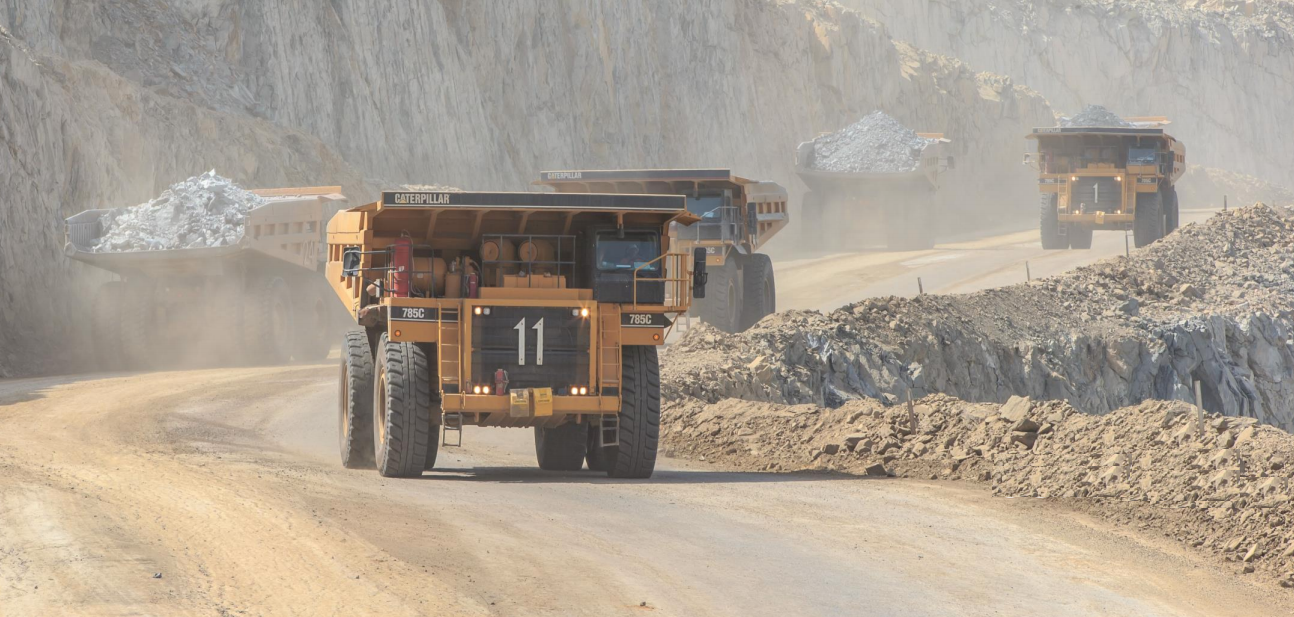Key points:
- First Tin is down another 10% to 17.5p
- That’s close to a 50% fall since the IPO in April
- The global tin price is down 40% from its peak, is this the reason?
- First Tin, 1SN, Is This New Float Worth Looking At?
First Tin (LON: 1SN) shares are down near 50% from their IPO price of 30 pence back in April. Over this same period of time, the global tin price is down from some $44,000 to $32,000. Further, the global tin price is down near 40% from its peak just closing in on $50,000 recently.
It’s perhaps not a surprise that a miner’s share price should fall as the price of the material to be mined does. But this is something that we do have to worry about over and above just thinking that margins might be lower. For miners’ prices are a geared option on the material price. And the geared here means, just as with options themselves, that there’s a price at which the equity, or the position, becomes valueless.
Not that we are saying that this is about to happen to First Tin. Just that it’s another of those things that have to be kept in mind.
We’ve looked at First Tin before and noted that their major projects are in an area well known for tin mineralisation. In fact, there’s little to no doubt that there’s tin there, in volume, and that it can be mined. This though does bring into discussion the question of why it hasn’t already been mined? This area, the Krusny Hory, or Erzgebirge, has been mined for many centuries already – so why haven’t these deposits been mined?

Also Read: The Best Nickel and Nickel Mining Stocks to Buy
True, exploration and extraction techniques advance, so what used to be non-economic may become so. But the thing to note is that these deposits are “hard rock” deposits. It’s necessary to go mining in granite to extract the cassiterite, the tin ore. That’s inherently more expensive than the mining of alluvial tin – largely enough where water and river erosion as already liberated the cassiterite from the granite.
As it happens this is what largely killed off European tin mining in both the Erzgebirge and Cornwall. The vast alluvial deposits in Indonesia (Bangka and Belitung) came online so production costs and so market values declined. It is still possible to mine those alluvial deposits with a Mr. Henry vacuum cleaner – no, really!
So, those European deposits are the marginal ones. If the tin price is high because the alluvial mining can’t supply demand then the hard rock mines are good to go and are valuable. But if alluvial mining can supply then these more expensive hard rock mines become economic. For the tin price itself won’t be high enough to produce a profit over and above the higher costs.
That’s what the gearing is. The extraction costs don’t decline as the tin price does. So, if the tin price really declines then there’s no margin and thus no value left in the hard rock mines. This is what happened to South Crofty, the last of the Cornish mines in the 1980s. It’s also what happened to the closely related Cinovec mine in the Erzegebirge in the 1990s.
That might well be what the First Tin problem is. There becomes a tin price at which it’s just not worth mining these deposits. That’s still lower than the current tin price, yes, but with that tin price down 40% already this year, well, how far down below it is it?
Given the certainty of the existence of the deposits, the mining friendly jurisdiction, the ability to mine those deposits, the real variance left to determine the First Tin share price is the price of tin itself. Note that the gearing goes both ways – substantial increases in the tin price will benefit First Tin not just in relation to, but with that gearing as well.




